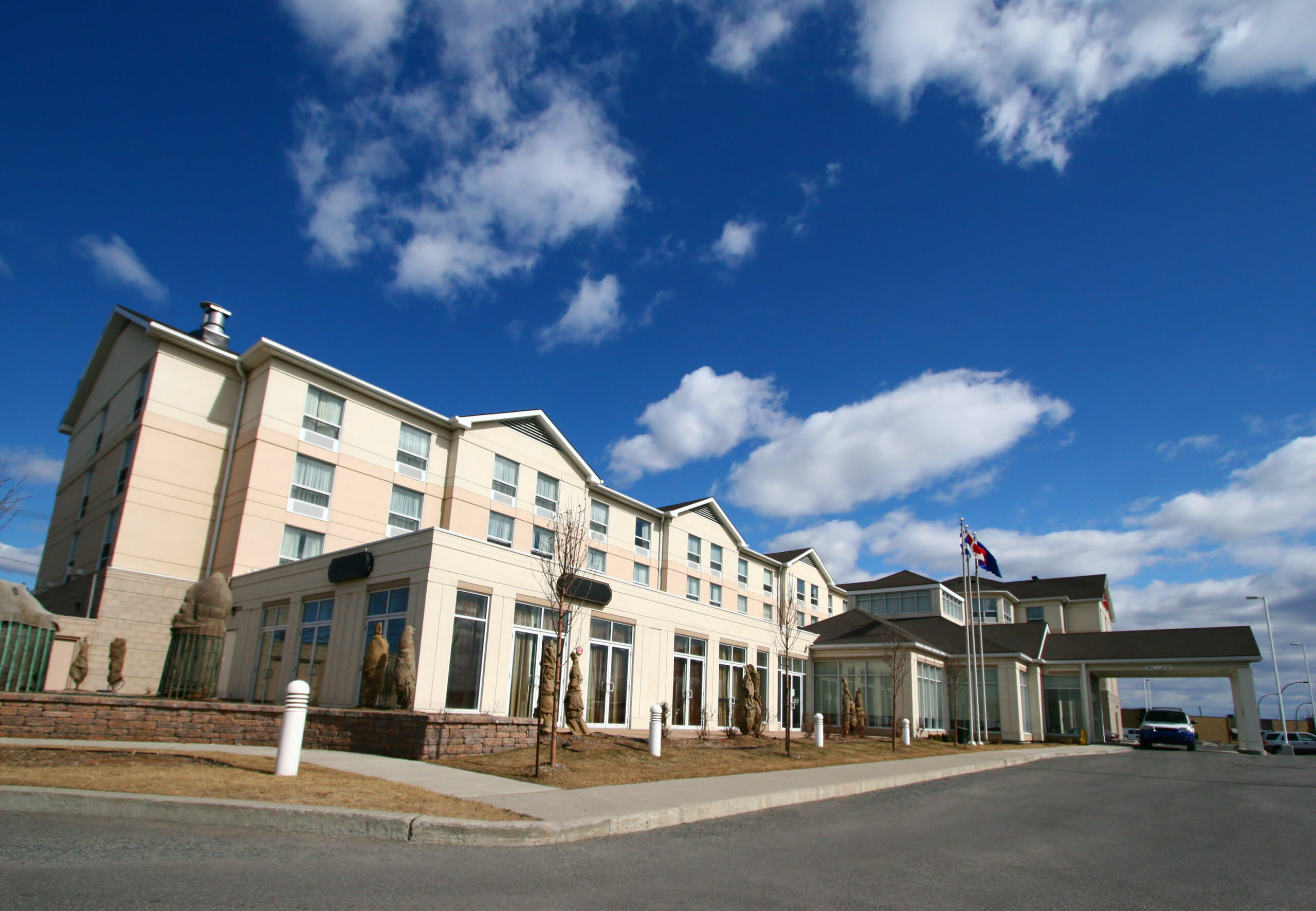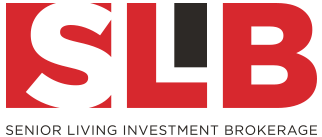
The valuation of senior living properties is a central discussion point for any owner considering a sale of their asset. This is third, and final part of a blog series, focused on the valuation of senior living properties using Sold Comparables as component of valuation.
Previous prior blog posts (Cap Rate Valuation & EGIM Valuation) discussed the most prevalent valuation method in a senior living sale that is the, Income Approach (or Capitalization Rates and Effective Gross Income Multiple).
At Senior Living Investment Brokerage, we very closely follow the Senior Housing Merger and Acquisition market specific to the West Coast, and throughout the country. Compiling sales comparables for senior living and skilled nursing, we have current, up-to-date information. With every property being unique, all sold comparable need to be analyzed for quality and relevance to the subject senior living property.
In today’s market, there is a wide range in value when based solely on a price per unit basis.
As such, it is important to consider the many factors impacting a comparable relevance to a the subject property. Some factors impacting the valuation of a senior living property that are worth considering may include; geographic location, age, size, and quality of the physical plant.
Once comparables are established, adjustments can be made accordingly to the subject property’s value based on positive or negative attributes. Negative adjustments to valuation may be made due to a smaller, rural, Medicaid, older, or less profitable senior living property. However, positive adjustments can be made if the subject senior living property is larger, better located, private pay, newer, or more profitable.
Closing;
When determining the value of a senior living property, a qualified broker will base their property valuation and analysis to incorporate all relevant factors, thus ensuring an educated sale price is offered.
Please contact Brad Goodsell at 630.858.2501 or goodsell@slibinc.com to discuss a complimentary property valuation.



